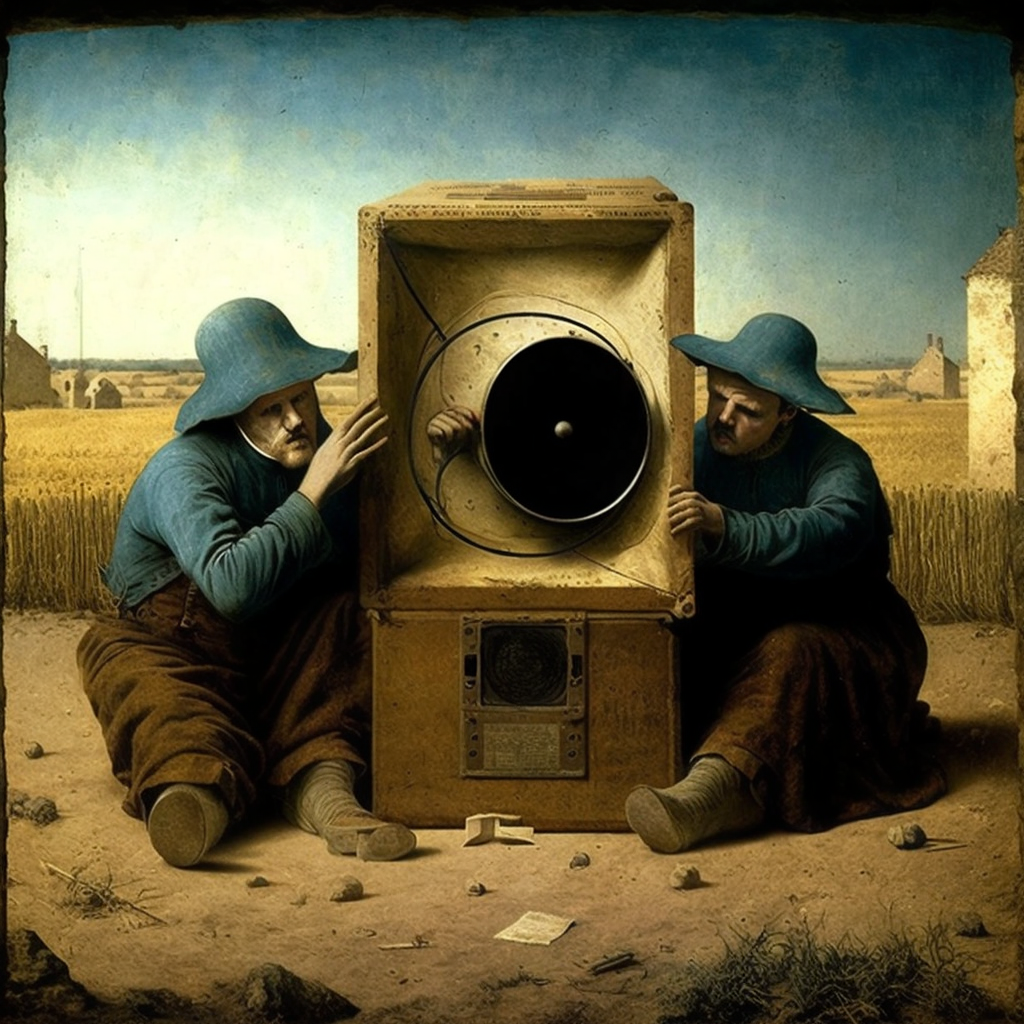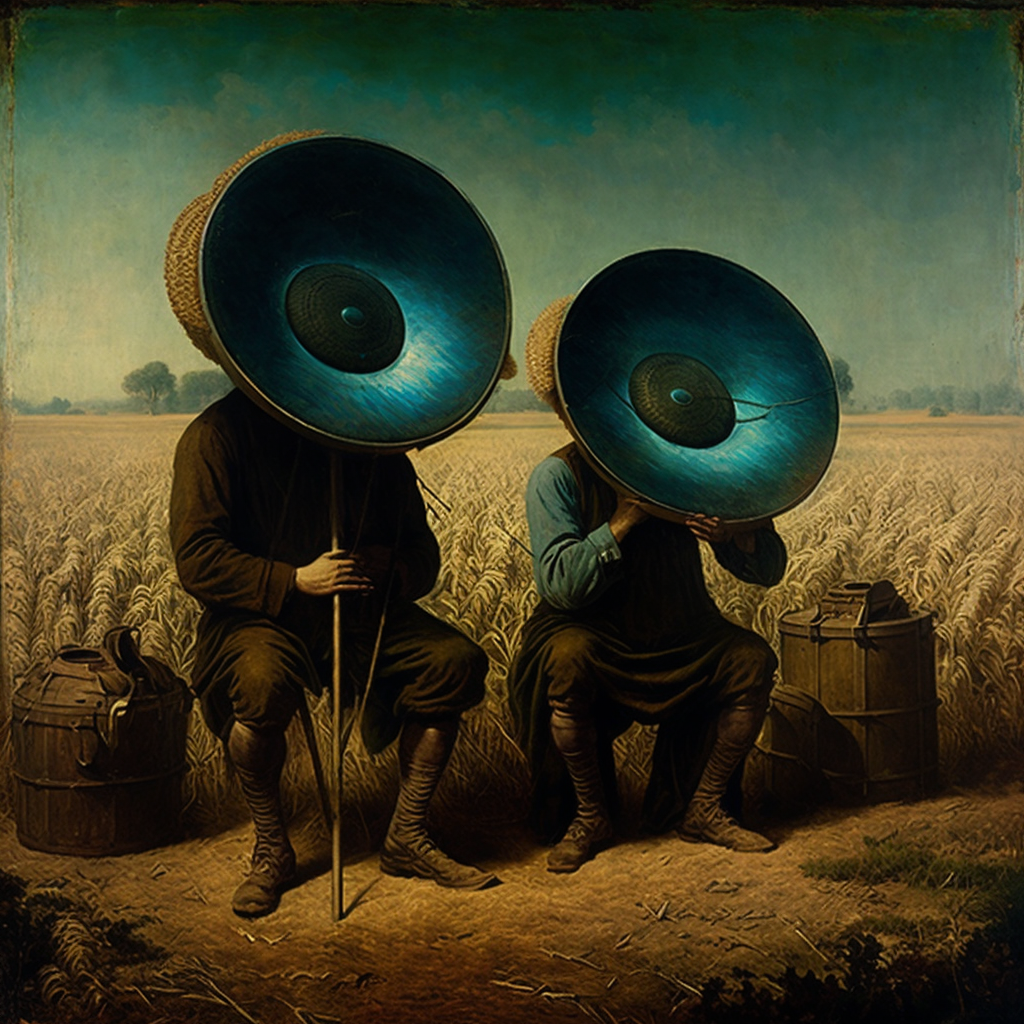I’ve been reading a history of early modern instrument design that focuses on several key “master luthiers” who helped develop the instruments that would end up becoming what we now think of as the guitar. It’s more than interesting enough to think about how musical forms have been shaped by the physicality of instrument “bodies” (there is no shortage of discussion on “necks,” “skins,” “guts” etc), but I was particular struck by the story of Hans Frei, a minor luthier who is only remembered for having engaged in what we might think of as “speculative instrument design.” In the context of this history, he is not really remembered for doing so (his story, rather, is a curiosity that reminds us of the effect that the toxic chemicals needed in the manufacture of early instruments could have), but over the years, a number of artists have illustrated his vivid and imaginative descriptions, and my own musical piece seeks to imagine what some of these “instruments” might have sounded like.
Finite digits ... Timpanist molars let the playroom reach / inside the insurrection ... Internal vibrations at any polarity ... Realistic determination 'gut strings’ / designed to apply this successor to acceleration creeds
— Excerpts from the notes of Hans Frei (translated from the original Italian)
Krishan Mistry (@poetmistry) is a writer and electronic musician of Indian origin (by way of England and East Africa). His work activates found text and sampling to explore diaspora and cultural hybridity. He currently teaches at New York University.


